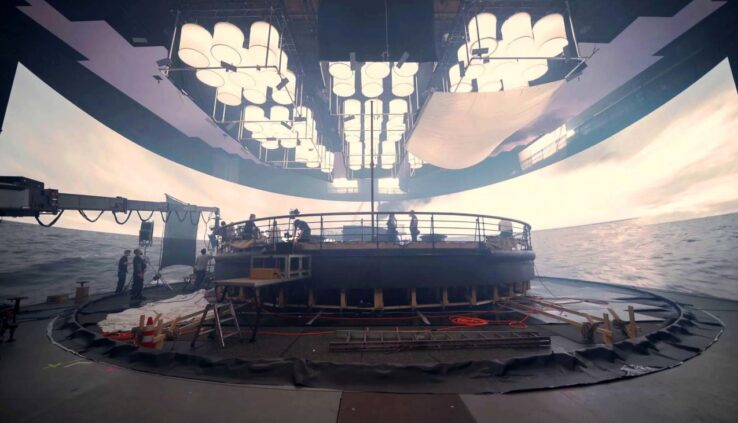Virtual Production Is Changing How Movies (and Careers) Are Made
By Jennifer P
Noah Kadner recently wrote an article for the Frame.io blog discussing how virtual production is taking the film, TV, and streaming industries by storm. Thanks to groundbreaking productions like The Mandalorian, many of us associate virtual production with in-camera VFX and LED volumes. Let’s take a look at what’s driving this incredible demand, and where opportunities can be found for newcomers and veterans alike.
Avatar
James Cameron’s Avatar is one such project, coining the term virtual cinematography to describe the motion capture of both actor and camera movement to drive more realistic computer animation shots.
Gravity
Another giant leap was taken when Gravity arrived in 2013. To create the Oscar-winning freeform camera and imagery of astronauts in Earth orbit, the actors wore partial spacesuits on sets illuminated by large LED panels. While the resolution of these panels wasn’t sufficient to have them captured on-camera, they still provided interactive lighting effects on the actor’s faces by playing video footage of the visual effects backgrounds. In most of the completed space shots in Gravity, the only real filmed objects are the actor’s faces. Everything else was created digitally.
Rogue One and Solo
The same technique was used heavily in Rogue One, where effects shots were played back during filming to provide interactive lighting effects onto the live-action sets and actors’ faces. Solo took things a step further by incorporating live real-time animation. For example, in shots where Tie Fighters are chasing and attacking the Millennium Falcon, the filmmakers could flash green laser bolts into the shots projected into the cockpit on cue. And because the Solo filmmakers utilized high-resolution laser projectors and massive projection screens instead of LED panels, they could capture some shots completely in-camera, bringing us a step closer to the LED production volumes of today. For example, the shot where Han Solo first jumps into hyperspace aboard the Millennium Falcon uses visual effects captured completely in-camera.
Read the full article HERE

